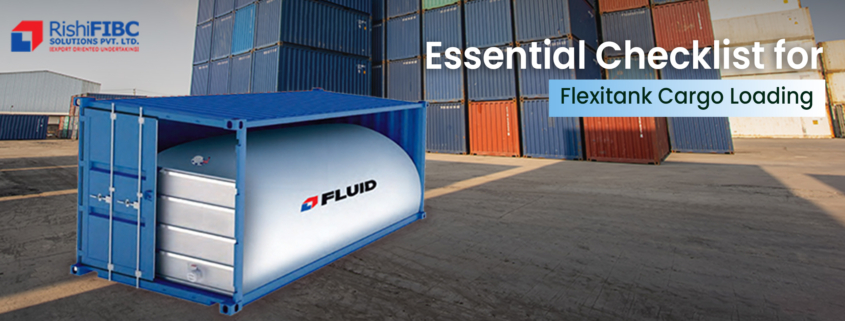When to Replace or Upgrade Your Flexitank’s PE Liner?
Flexitanks are large, flexible liquid transport tanks used in bulk liquid transport. They fit inside standard shipping containers and carry oils, juices, and other liquids. Each tank contains a polyethylene (PE) liner or “flexibag” to hold the liquid. Over time, liners can degrade, so it’s important to plan regular replacements. Experts recommend replacing the PE liner every 3–5 years of service. Fluid Flexitank, a trusted industry provider, emphasizes that timely liner checks help prevent leaks, contamination, and costly product loss.
Flexitank PE Liner Lifespan: Replace Every 3–5 Years
Liners have a limited lifespan. Manufacturers advise not using flexitanks beyond about 18 months from production. In practice, operators plan liner replacements every 3–5 years of service. This aligns with industry guidelines: for example, best-practice protocols call for component retests every 3–5 years. By sticking to a 3–5 year schedule, companies ensure liners remain strong and avoid age-related leaks or failures.
Common Flexitank Liner Replacement Triggers
- Wear and abrasion: Frequent use or rough handling can cause the liner film to thin or scuff. Visible wear spots mean the liner is at higher risk of leaking.
- Punctures and leaks: Any tear, hole, or seam failure should be taken seriously. Even small punctures can expand under pressure, so replace the liner immediately if leaks are found.
- Cargo incompatibility: If you change cargo types, the original liner might not be chemically compatible. Incompatible products can weaken or damage the PE material.
- Temperature and insulation needs: Standard PE liners offer little thermal protection. If your route involves extreme heat or cold, you may need a thermal or insulated liner. Upgrade your liner if temperature variations could stress or damage the existing one.
Liner Replacement/Upgrade Checklist
Use this checklist to decide if it’s time to replace or upgrade the PE liner. If any condition below applies, schedule a liner change:
- It’s been 3–5 years since the liner was put into service (or it is past its recommended shelf life).
- You observe any holes, tears, scratches, or weak spots on the liner surface.
- A previous load resulted in spills, stains, or noticeable seepage on the container floor.
- You are switching to a different liquid cargo or chemical that requires a higher-grade or different liner material.
- Future shipments face extreme temperatures, and you need a thermal or insulated liner.
- The container used for loading has damage or lacks required protective lining (sharp edges, nails, dents, etc.).
Why Proper Liner Selection is Crucial for Safe Bulk Liquid Transport
Choosing the right liner is key to successful liquid shipments. A properly matched liner prevents contamination and ensures the cargo’s purity. It also minimizes the risk of leaks or chemical reactions, which is essential for safety and compliance. Key benefits of the correct liner include:
- Cargo protection: A proper PE liner maintains product quality and purity, preventing contamination or unwanted chemical reactions.
- Regulatory compliance: Using liners certified by standards like PAS 1008:2016 ensures they meet industry benchmarks. This certification covers material quality, labelling, and performance tests.
- Temperature control: Specialized liners (e.g. insulated or thermal) help keep cargo within safe temperature ranges, vital for some chemicals and foods.
- Reduced waste: A correct liner minimizes leaks and spillage. This means fewer losses, cleanup costs, and environmental hazards for shippers.
FAQs:
- Q: How often should a flexitank liner be replaced?
- A: Most experts recommend replacing a flexitank’s PE liner every 3–5 years of use. Manufacturers warn that a flexitank should not be used beyond about 18 months after production.
- Q: What are the common signs that a liner needs replacement?
- A: Visible wear, thinning, or any punctures or leaks in the liner indicate immediate replacement. Also replace if you switch to a new cargo or condition it wasn’t designed to handle.
- Q: Why is container condition important for flexitank shipments?
- A: Standard 20-foot GP containers (≤10 years old) with no sharp edges, rust, or holes must be used. Interior walls and floors should be lined or padded to protect the liner. This prevents punctures and ensures safe bulk liquid transport.



